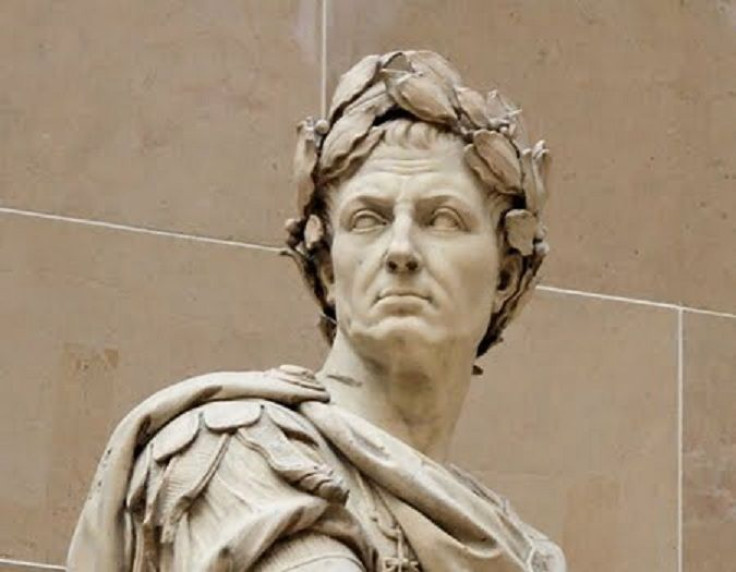Archaeologists Pinpoint Exact Spot Where Caesar Was Stabbed in 44 B.C.

Spanish archaeologists claim to have found the first physical evidence of the precise spot where Julius Caesar was stabbed to death 2,056 years ago, according to a new report.
Classical Roman texts say that Caesar, who was the head of the Roman Republic, was stabbed to death by a group of rival Roman senators on March 15, 44 B.C, while he was addressing a meeting of the senate seated on a chair. While the famous leader's assassination is well-covered in ancient texts, up until now archaeologists had no evidence of the place where Caesar was killed.
However, researchers now claim that they have discovered a concrete structure, about 10 feet wide and 6.5 feet tall, inside the Pompey's Theater in Rome's historic Torre Argentina square, according to a written statement. Researchers said that the structure may the monument placed in the location of Caesar's murder by order of his adopted son Augustus to mark the spot where his father died.
"We always knew that Julius Caesar was killed in the Curia of Pompey on March 15th 44 B.C. because the classical texts pass on so, but so far no material evidence of this fact, so often depicted in historicist painting and cinema, had been recovered," researcher Antonio Monterroso of the Spanish National Research Council said in a statement.
Ancient texts also say that, years after Caesar's assassination, the Curia was closed and turned into a memorial chapel for the Roman ruler. Not only are researchers currently studying this building, they are also studying another monument in the same complex called the Portico of the Hundred Columns, or Hecatostylon, to see if there are links between the archaeology of the assassination and what has been depicted in art.
"It is very attractive, in a civic and citizen sense, that thousands of people today take the bus and the tram right next to the place where Julius Caesar was stabbed 2,056 years ago," Monterroso said.
Researchers noted that where Caesar was stabbed was not necessarily where he died.
"From there the body was taken to the Roman Forum for his veneration and then it was cremated... We don't know if he died in that instant or if he died hours later," Monterroso told the AFP. "All archaeological science is open to dispute, it should be open to dispute, it should be open to argument, it should be open to debate."



























